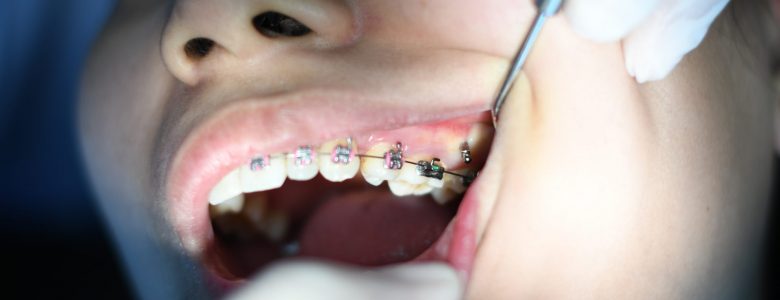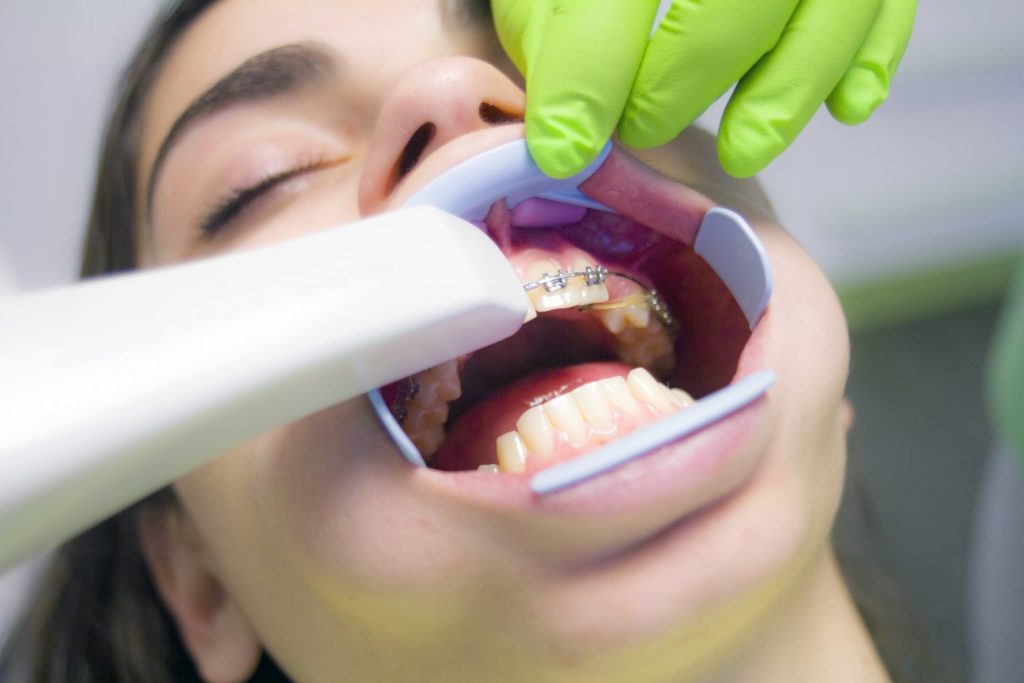
Exploring the Benefits and Considerations of Braces for Children
Introduction
In the realm of pediatric dentistry, the use of braces has revolutionized the way we approach correcting dental misalignments in children. Beyond mere cosmetic enhancement, braces play a pivotal role in ensuring the overall oral health, functional well-being, and self-esteem of young individuals. This comprehensive article from Petit Smiles, delves into the multifaceted aspects of braces for children, elucidating their benefits, the importance of early intervention, a closer look at different types of braces, crucial considerations, and essential care guidelines. Remember to follow us on Instagram to know more about braces for children.
The Significance of Early Orthodontic Intervention
The early years of a child’s life provide a window of opportunity for orthodontists to influence the growth and alignment of the teeth and jaw. Typically recommended between the ages of 7 and 9, early orthodontic intervention allows pediatric dentists to detect and address potential issues before they escalate into more complex problems. Addressing concerns such as crowding, spacing irregularities, crossbites, and overbites during this developmental phase can prevent more severe complications down the road. Early intervention lays the foundation for healthier smiles and reduces the need for extensive treatments in the future.
Benefits of Braces for Children
Optimized Oral Health: Misaligned teeth can impede proper oral hygiene practices, leading to plaque buildup, cavities, and gum disease. Braces facilitate the alignment of teeth, making brushing, flossing, and maintenance of oral health significantly more effective, thus reducing the risk of dental problems.
Enhanced Self-Confidence: The emotional impact of misaligned teeth on a child’s self-esteem should not be underestimated. Braces work as a tool to transform not only smiles but also attitudes. Children who undergo orthodontic treatment often experience an improved sense of self-worth and confidence, positively influencing their interactions and social relationships.
Improved Functionality: Malocclusions, or incorrect bites, can hinder speech patterns and cause difficulties in chewing. Braces correct these functional issues, enabling children to communicate more clearly and comfortably enjoy a wider variety of foods.
Prevention of Long-Term Complications: Left untreated, orthodontic problems can lead to uneven tooth wear, jaw pain, and even disorders in the temporomandibular joint (TMJ). Braces for children tackle these issues early, helping prevent more severe complications that might arise later in life.

Types of Braces for Children
Traditional Metal Braces: Time-tested and efficient, metal braces consist of metal brackets affixed to the teeth, connected by wires. While noticeable, they offer excellent control for various orthodontic adjustments.
Ceramic Braces: These braces employ tooth-colored or clear ceramic brackets that blend more harmoniously with the natural color of teeth. They provide a more discreet option for children who are concerned about the aesthetics of traditional metal braces.
Lingual Braces: Placed on the inner surface of the teeth, lingual braces are virtually invisible from the outside. They offer effective treatment while addressing concerns related to appearance.
Invisalign (Clear Aligners): Utilizing a series of transparent, removable aligners, Invisalign has gained popularity due to its comfort and nearly invisible nature. It’s an excellent choice for responsible older children and teenagers who can adhere to the necessary wear and care routine.
Crucial Considerations and Care Guidelines
Treatment Duration: The duration of orthodontic treatment varies based on the complexity of the case. Children typically wear braces for 1 to 3 years. Consistency in attending appointments and adhering to orthodontic recommendations ensures the best possible outcome.
Oral Hygiene Maintenance: Children with braces must be educated on proper oral hygiene techniques that cater to the unique requirements of braces. Regular brushing, flossing, and the use of tools like interdental brushes contribute to maintaining a healthy smile throughout treatment.
Dietary Awareness: Certain foods can damage braces, leading to setbacks in treatment. Children should avoid sticky candies, hard nuts, and popcorn. Instead, encourage a diet rich in soft fruits, vegetables, and lean proteins.
Here’s a recommendations table summarizing key points about braces for children, including benefits, considerations, and care guidelines.
| Aspect | Recommendation |
|---|---|
| Early Orthodontic Intervention | Seek orthodontic assessment for your child between ages 7 and 9 to address issues before they escalate. |
| Benefits of Braces | – Improved oral health through better hygiene.<br>- Enhanced self-confidence and social interactions.<br>- Improved speech and chewing functionality.<br>- Prevention of long-term complications. |
| Types of Braces | Choose the appropriate type based on preference and needs:<br>- Traditional Metal Braces<br>- Ceramic Braces<br>- Lingual Braces<br>- Invisalign (Clear Aligners) |
| Treatment Duration | Anticipate a treatment duration of 1 to 3 years, varying with complexity.<br>Adhere to appointments for consistent progress. |
| Oral Hygiene Maintenance | Teach thorough oral hygiene techniques tailored to braces:<br>- Regular brushing and flossing<br>- Use interdental brushes for hard-to-reach areas. |
| Dietary Awareness | Avoid foods that can damage braces:<br>- Sticky candies, hard nuts, popcorn.<br>- Emphasize a soft-food diet rich in fruits, vegetables, and lean proteins. |
| Self-Care Responsibility | Ensure children understand the importance of:<br>- Wearing aligners (if applicable) as directed.<br>- Properly caring for braces and teeth. |
| Consultation and Monitoring | Maintain regular appointments with the orthodontist for adjustments and progress evaluations. |
Remember that individual cases may vary, so consulting with a qualified orthodontist or pediatric dentist is essential for personalized recommendations and guidance tailored to your child’s specific needs.
Conclusion
Braces for children embody more than a mere cosmetic transformation; they represent a commitment to overall oral health, functional well-being, and self-assurance. Early intervention, bolstered by a variety of braces options, provides children with the chance to embark on a journey toward optimal oral health. It’s imperative for parents and guardians to collaborate with qualified orthodontists to select the most suitable treatment plan. With consistent care, guidance, and understanding, braces can pave the way for children to radiate confidence through their healthy, vibrant smiles for years to come.
We invite you to contact us anytime with questions, comments, requests or suggestions. We have two convenient locations serving Coral Gables and Doral, FL.


